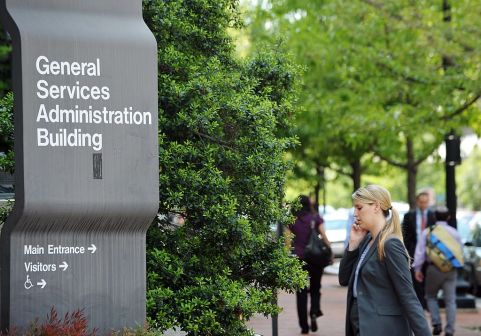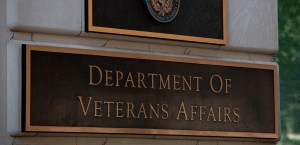Federal spending on cloud technology is continuing to increase, more so than perhaps the government expected.
Although investment in cloud is anticipated to see a continuous upward trend, the Office of Management and Budget is yet again predicting no cloud growth in the coming year.
In fiscal year 2014, actual cloud spending by the federal government surpassed OMB’s estimate by $800 million, totaling more than $3 billion instead of the estimated $2.2 billion.
However, according to Shawn McCarthy, research director at IDC Government Insights, these numbers don’t necessarily mean agencies are going over budget for cloud spending.
“Increased cloud spending may actually represent an attempt to cut costs,” McCarthy told FedScoop. “Agencies are realizing that cloud is saving them money; we’re seeing agencies who dabbled in cloud are having a positive ROI and a positive reason to go to the cloud.”
The increase indicates that IT planners realize they can work cheaper in the cloud and opt to put some of their IT dollars there to promote long-term savings.
There were several larger-scale projects that pushed the spending; the Social Security Administration’s data center needs grew by $141 million between FY 2013 and FY 2014. However, most of the increase can be attributed to a host of smaller projects that have accumulated because of a “steady trickle of new cloud efforts and competitive price points,” according to McCarthy.
Because of those patterns, it’s expected that spending on cloud will again be higher than predicted in FY 2015.
The cost savings of cloud implementation can actually exceed the total costs, according to March 2014 research. Data shows agencies are saving $5.5 billion with cloud implementations, but could reach potential savings of up to $12 billion annually.
“I think we’ll see agencies looking to cloud to start new projects,” McCarthy said. “Nine out of 10 times, new applications and projects are going to the cloud; it is much cheaper for agencies.”
Of the entire federal budget, cloud spending totals just 3 percent.






